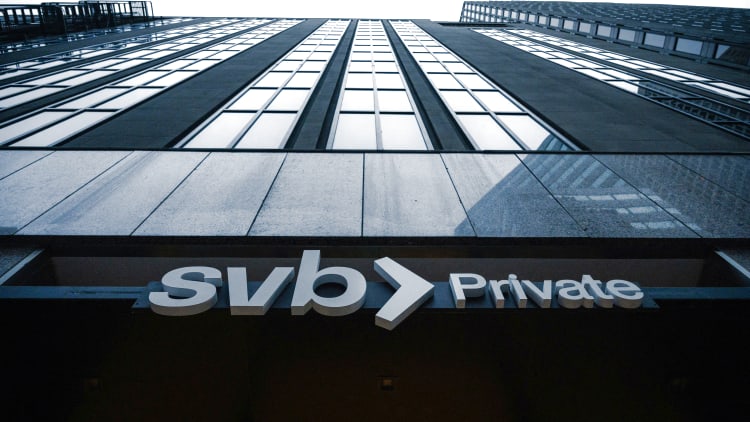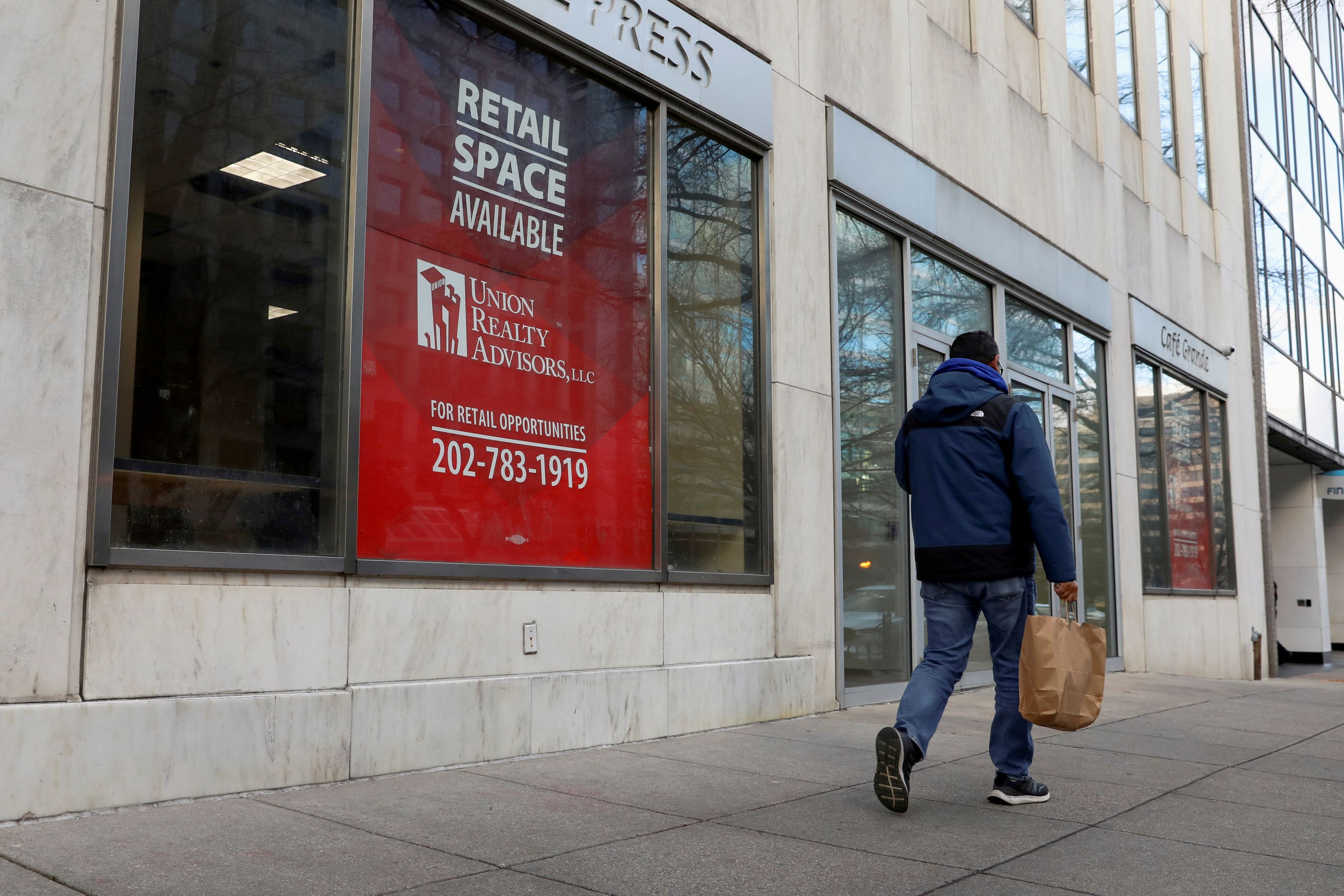First Republic Bank headquarters is seen on March 16, 2023 in San Francisco, California, United States.
Thank you for reading this post, don't forget to subscribe!Tayfun Coskun | Anadolu Agency | Getty Images
The surge of deposits moving from smaller banks to big institutions including JPMorgan Chase and Wells Fargo amid fears over the stability of regional lenders has slowed to a trickle in recent days, CNBC has learned.
Uncertainty caused by the collapse of Silicon Valley Bank earlier this month triggered outflows and plunging share prices at peers including First Republic and PacWest.
The situation, which roiled markets globally and forced U.S. regulators to intervene to protect bank customers, began improving around March 16, according to people with knowledge of inflows at top institutions. That’s when 11 of the biggest American banks banded together to inject $30 billion into First Republic, essentially returning some of the deposits they’d gained recently.
“The people who panicked got out right away,” said the person. “If you haven’t made up your mind by now, you are probably staying where you are.”
The development gives regulators and bankers breathing room to address strains in the U.S. financial system that emerged after the collapse of SVB, the go-to bank for venture capital investors and their companies. Its implosion happened with dizzying speed this month, turbocharged by social media and the ease of online banking, in an event that’s likely to impact the financial world for years to come.
Within days of its March 10 seizure, another specialty lender Signature Bank was shuttered, and regulators tapped emergency powers to backstop all customers of the two banks. Ripples from this event reached around the world, and a week later Swiss regulators forced a long-rumored merger between UBS and Credit Suisse to help shore up confidence in European banks.
Wearing many hats
The dynamic has put big banks like JPMorgan and Goldman Sachs in the awkward position of playing multiple roles simultaneously in this crisis. Big banks are advising smaller ones while participating in steps to renew confidence in the system and prop up ailing lenders like First Republic, all while gaining billions of dollars in deposits and being in the position of potentially bidding on assets as they come up for sale.
The broad sweep of those money flows are apparent in Federal Reserve data released Friday, a delayed snapshot of deposits as of March 15. While large banks appeared to gain deposits at the expense of smaller ones, the filings don’t capture outflows from SVB because it was in the same big-bank category as the companies that gained its dollars.
Although inflows into one top institution have slowed to a “trickle,” the situation is fluid and could change if concerns about other banks arise, said one person, who declined to be identified speaking before the release of financial figures next month. JPMorgan will kick off bank earnings season on April 14.
At another large lender, this one based on the West Coast, inflows only slowed in recent days, according to another person with knowledge of the matter.
JPMorgan, Bank of America, Citigroup and Wells Fargo representatives declined to comment for this article.
Post-SVB playbook
The moves mirror what one newer player has seen as well, according to Brex co-founder Henrique Dubugras. His startup, which caters to other VC-backed growth companies, has seen a surge of new deposits and accounts after the SVB collapse.
“Things have calmed down for sure,” Dubugras told CNBC in a phone interview. “There’s been a lot of ins and outs, but people are still putting money into the big banks.”
The post-SVB playbook, he said, is for startups to keep three to six months of cash at regional banks or new entrants like Brex, while parking the rest at one of the four biggest players. That approach combines the service and features of smaller lenders with the perceived safety of too-big-to-fail banks for the bulk of their money, he said.
“A lot of founders opened an account at a Big Four bank, moved a lot of money there, and now they’re remembering why they didn’t do that in the first place,” he said. The biggest banks haven’t historically catered to risky startups, which was the domain of specialty lenders like SVB.
Dubugras said that JPMorgan, the biggest U.S. bank by assets, was the largest single gainer of deposits among lenders this month, in part because VCs have flocked to the bank. That belief has been supported by anecdotal reports.
The next domino?
For now, attention has turned to First Republic, which has teetered in recent weeks and whose shares have lost 90% this month. The bank is known for its success in catering to wealthy customers on the East and West coasts.
Regulators and banks have already put together a remarkable series of measures to try to save the bank, mostly as a kind of firewall against another round of panic that would swallow more lenders and strain the financial system. Behind the scenes, regulators believe the deposit situation at First Republic has stabilized, Bloomberg reported Saturday.
First Republic has hired JPMorgan and Lazard as advisors to come up with a solution, which could involve finding more capital to remain independent or a sale to a more stable bank, said people with knowledge of the matter.
If those fail, there is the risk that regulators would have to seize the bank, similar to what happened to SVB and Signature, they said. A First Republic spokesman declined comment.
While the deposit flight from smaller banks has slowed, the past few weeks have exposed a glaring weakness in how some have managed their balance sheets. These companies were caught flat-footed as the Fed engaged in its most aggressive rate hiking campaign in decades, leaving them with unrealized losses on bond holdings. Bond prices fall as interest rates rise.
It’s likely other institutions will face upheaval in the coming weeks, Citigroup CEO Jane Fraser said during an interview on Wednesday.
“There could well be some smaller institutions that have similar issues in terms of their being caught without managing balance sheets as ably as others,” Fraser said. “We certainly hope there will be fewer rather than more.”




